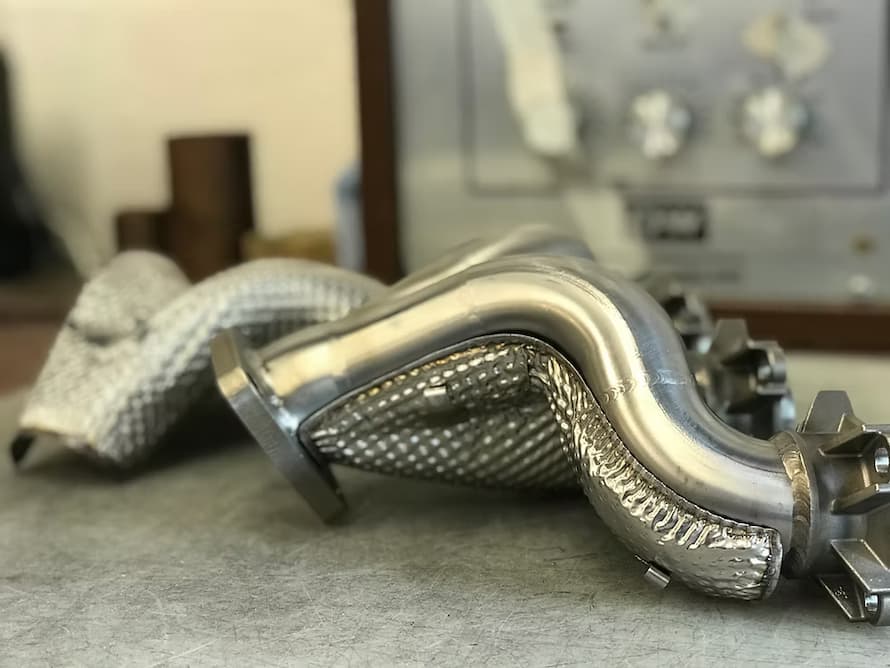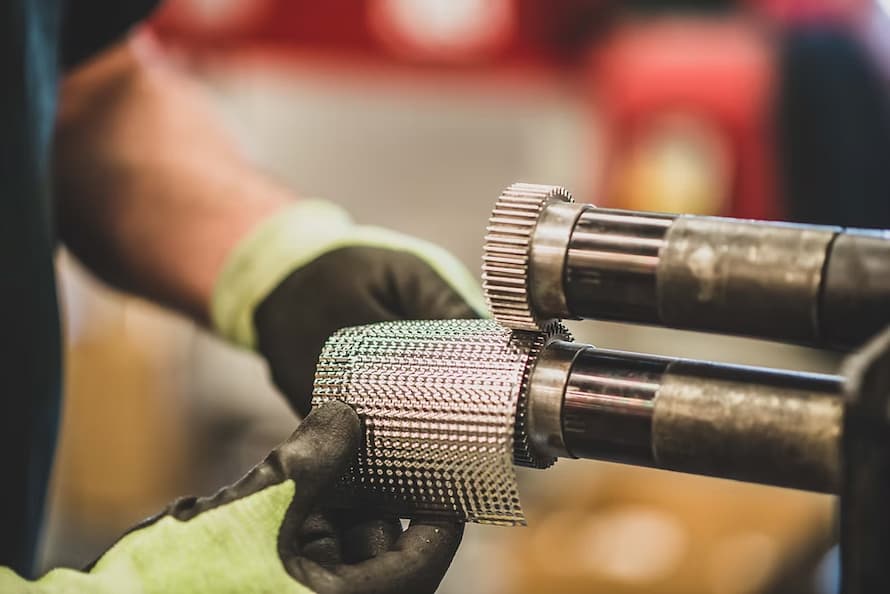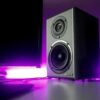Lifestyle
Exhaust Heat Shields and Manifolds: How to Marry The Two for Better Performance
When it comes to squeezing every ounce of performance out of your engine, few upgrades deliver as much bang for your buck as optimising your exhaust system. Performance exhausts are designed to improve gas flow, reduce backpressure, and increase horsepower, but there’s another crucial factor that often goes overlooked, and that is heat management. This is where heatshield products come into play, as the unsung heroes that protect one crucial component to help unlock your vehicle’s potential.
What Are Heat Shields?

source: goodfabs.com
A heat shield is a barrier made to protect parts of your vehicle from excessive heat by reflecting, absorbing, or dissipating thermal energy. The automotive heatshield products are commonly found wrapped around exhaust manifolds, downpipes, and turbochargers, as well as lining the firewall or floor to protect the cabin. These shields come in various forms, including rigid panels, flexible wraps, and composite mats, all engineered to reduce radiant heat transfer and ensure both performance and reliability.
What is an Intake Manifold?
The intake manifold is a critical component responsible for delivering the air-fuel mixture to your engine’s cylinders. It affects airflow, combustion efficiency, and overall engine output. Aftermarket intake manifolds are popular among enthusiasts because they can also optimise and reduce turbulence, and can be made for specific performance goals. This can be more low-end torque or higher peak horsepower. By improving the path and volume of air entering the engine, aftermarket manifolds help maximise the benefits of other upgrades, including performance exhausts, especially when paired with the right thermal heat shield.
Types of Heat Shields
Aluminium
Aluminium heat shields are lightweight, highly reflective, and resistant to corrosion. They are commonly used in automotive applications due to their excellent ability to reflect radiant heat away from sensitive areas. Aluminium shields are easy to manufacture and install, making them a go-to choice for both OEM and aftermarket solutions.
Stainless Steel
Stainless steel heat shields offer superior durability and corrosion resistance, especially in high-temperature environments. Their embossed or honeycomb structures can provide excellent thermal protection in tight spaces. Stainless steel is ideal for areas exposed to direct exhaust heat, such as manifolds and turbo housings.
Composite
Composite heat shields combine different types of high-temperature fabrics, ceramics, and other insulative materials. These heat shields offer even greater thermal protection and can be custom-made to fit awkward shapes. They are often used where the utmost level of insulation is required, such as in track cars or heavy-duty industrial vehicles.
Types of Exhaust Manifolds

source: goodfabs.com
Cast Iron
Cast iron manifolds are known for their durability and ability to withstand extreme heat. They are heavy but long-lasting, which is why they are also commonly found in stock vehicles.
Aluminium
Aluminium manifolds are lightweight, which helps with weight savings while it improving performance. While not as durable as cast iron, they are favoured in racing and high-performance builds where every gram counts.
Stainless Steel
Stainless steel manifolds are strong, corrosion-resistant, and lightweight. They are often used in performance and aftermarket applications, offering improved flow characteristics and longer service life compared to cast iron.
Carbon Steel
Carbon steel sits between cast iron and stainless steel in terms of properties. It is durable, cost-effective, and provides good heat resistance, making it a popular choice for custom or budget-friendly builds.
How to Apply a Heat Shield to a Manifold
1. Ensure the manifold surface is clean and free of grease or dirt. Use isopropyl alcohol or a suitable cleaner to ensure such a surface. The temperature of the manifold should be at least 18°C to allow the adhesive to stick properly.
2. If you’re using a pre-cut heatshield product, pre-fit it to the manifold to ensure that it provides enough coverage. If using a universal kit, create a paper template first, then transfer the shape to the heat shield material. Trim as needed using scissors or a utility knife.
3. Place the heat shield on the manifold, ensuring it covers all the needed areas without interfering with gaskets or mounting points. For a heat shield wrap, start at one end and work your way around, overlapping each layer about 50% in order to make the most out of it.
4. Place the heat shield using provided fasteners, stainless steel ties, or clamps. Some thermal heat shields come with adhesive backing for easy installation, while others may require rivets or screws for a secure fit.
5. Double-check that the heat shield does not come in contact with any electrical terminals or moving parts, and you’re done.
Conclusion
Combining exhaust heat shields and manifolds is a surefire way to get more performance, better reliability, and improved safety. Be sure to select the right type of heat shield, choosing from aluminium, stainless steel, or composite. Also, applying them correctly to your manifold, you can control under-the-hood temperatures, protect crucial systems, and ensure your performance exhaust, as well as any intake upgrades, are worth it. Whether you’re building a mean street machine, a track car, or simply looking to extend your engine’s lifespan, investing in a quality heat wrap is a smart move for any petrolhead.












